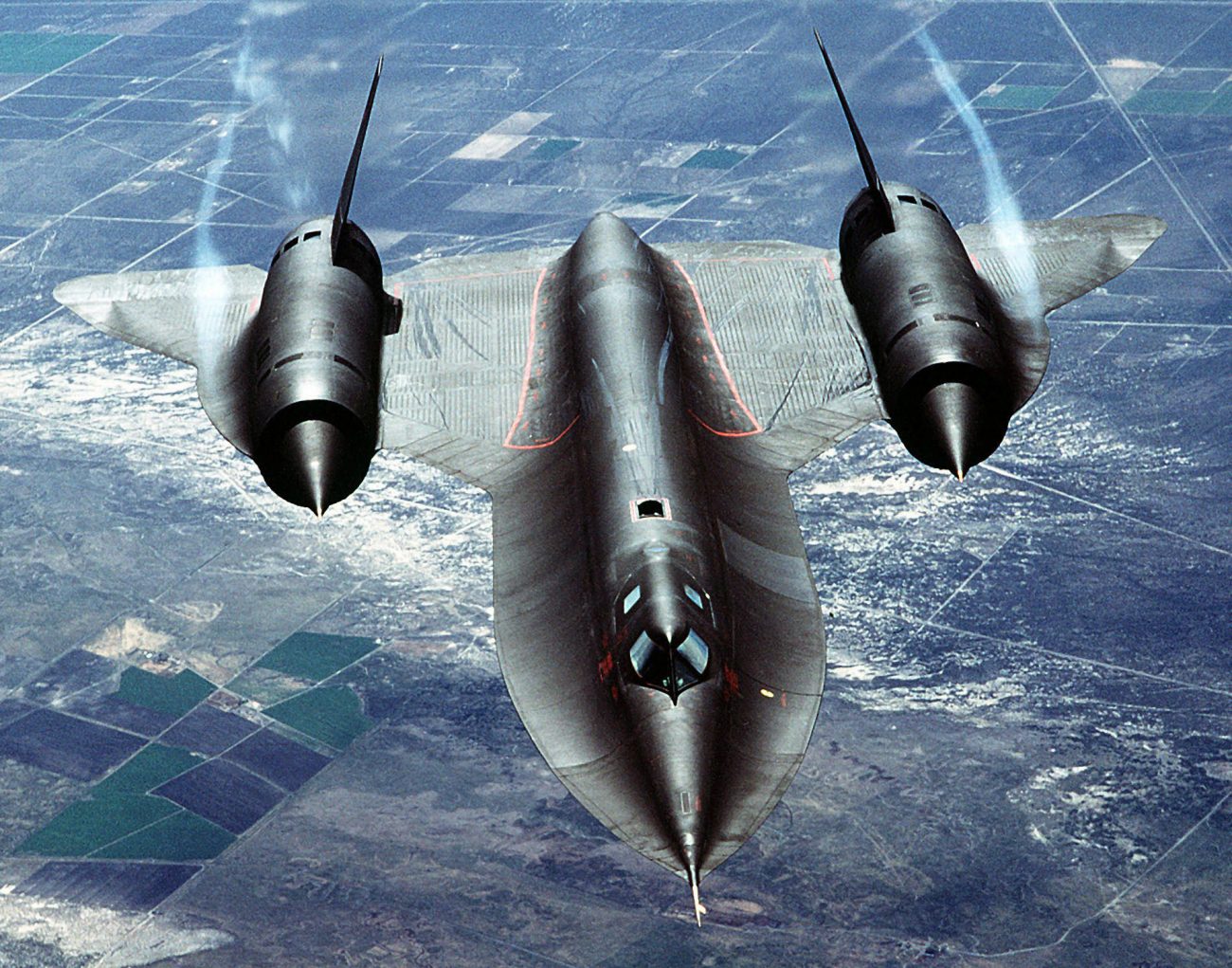The United States has found itself in an ironical situation where it depends on raw materials or intermediary components for many of its vital defense aerospace programs from arch-rivals Russia and China.
China Acknowledges B-21 Stealth Bomber Threat; Military Experts Say PLA Missiles Can ‘Raid The Raider’
Recent reports say that US firms depend on Russian-origin High Assay Low Enriched Uranium (HALEU) for building small nuclear reactors for power generation. They are being forced to tap their stockpile of weapons-grade uranium.
Worse, the reactors manufacturers and American uranium sellers expect the other to increase production first for their business to be viable, leading to a chicken-and-egg situation.
The energy crisis and spotlight on curtailing fossil fuel consumption and carbon emissions had sparked a renewed interest in a new generation of scaled-down, easy-to-build nuclear reactors for civilian use.
F-35 & SR-71 Blackbird – Dependent on Chinese Alloys & Russian Titanium
Earlier in September, the Pentagon suspended the delivery of the F-35 stealth fighter after a magnet in the Honeywell-built turbomachine was found to have been made using cobalt and samarium alloy developed in China.
The Chinese alloy was later revealed to be present across all the 825 F-35s in 15 countries, including the United States. The turbomachine is an engine part that powers the starter/generator placed on the jet engine.

In October, the Pentagon waived the ban after assessing that the component did not transmit any information or harm the aircraft.
However, the waiver was seen in China as American dependence on Chinese rare earth metals. China has been known to leverage its abundance of rare earth, critical in manufacturing advanced electronics, to ensure foreign industrial investors stay in the country, comply with local laws, and part with niche technology with their local Chinese partners.
Chinese state-run publication China Daily said that the incident showed a ridiculous situation of high anxiety the US administration has forced upon itself due to the self-inflicted red scare.
The Global Times quoted a person identified only as Yang, manager of a state-owned rare-earth enterprise in Ganzhou, who pointed to China’s “competitive advantage” in producing rare-earth magnets.
“(Only) China (can) extract samarium and cobalt rare-earth metals, which means the middle product samarium oxide is almost 100% made in Chinese factories.
We also account for over 70% of the final product of samarium-cobalt rare-earth magnets,” Yang said. He added it would be “mission impossible” for any future US short or long-term effort to ban Chinese alloys from US military equipment.
EurAsian Times reported how this was not the first time Chinese products were found in US military equipment. Several Lockheed Martin F-16 fighters and the Boeing B-1B bomber were also found to contain Chinese elements in 2014.
The dependency even affected the legendary Cold War-era SR-71 Blackbird, for whom titanium had to be secretly imported from the United Soviet Socialists Republics (USSR).
The Central Intelligence Agency (CIA) set up a series of shell companies and routed the consignments through Third World nations.
Only titanium alloy could withstand the searing atmospheric heat and friction on the airframe when the jet tore through at more than 3,000 kilometers an hour and held the speed for several hours.
Russian Uranium for American Nuclear Energy
Only TENEX, part of Russian state-owned nuclear energy company Rosatom, sells HALEU commercially.
“Production of HALEU is a critical mission, and all efforts to increase its production are being evaluated,” a spokesperson for the US Department of Energy (DOE) said. HALEU is enriched to up to 20%, rather than around 5% for the uranium that powers most nuclear plants.
Reuters said that “without a reliable source of HALEU, developers worry they won’t receive orders for their plants.” And without orders, potential fuel producers are unlikely to activate commercial supply chains to replace the Russian uranium.
The DOE spokesperson said they recognized the “need for urgent action to incentivize the establishment of a sustainable, market-driven supply of HALEU.”
Daniel Poneman, chief executive of US nuclear fuel supplier Centrus Energy Corp, said in the report, “Nobody wants to order ten reactors without a fuel source, and nobody wants to invest in a fuel source without ten reactor orders.”
In 2016, the US government said it had down blended 7.1 tons of its weapons-grade uranium sitting in its stockpile since September 30, 2013.
- The author can be reached at satamp@gmail.com
- Follow EurAsian Times on Google News